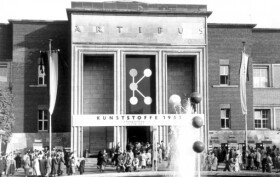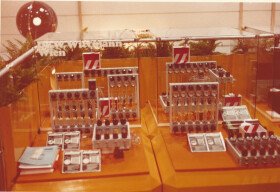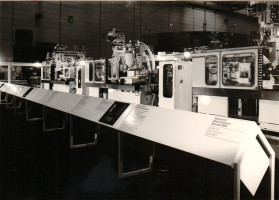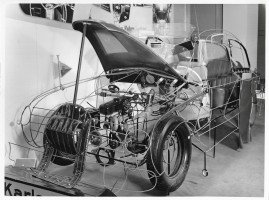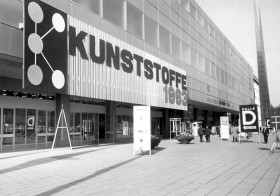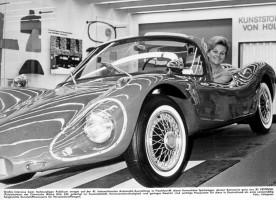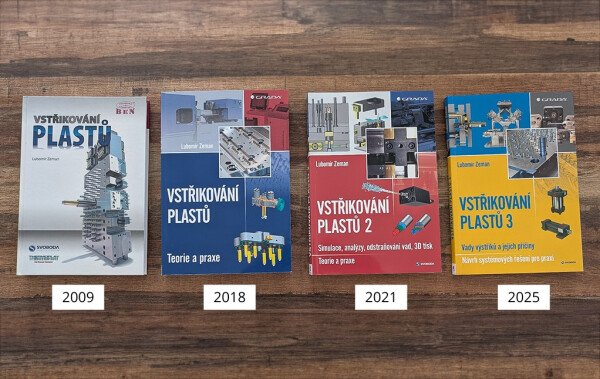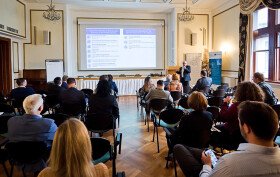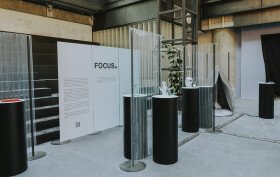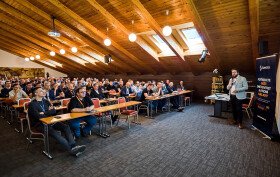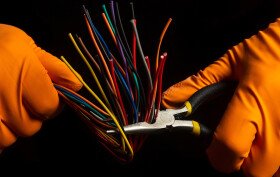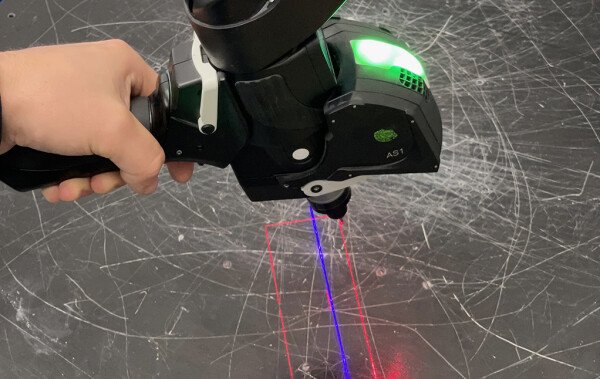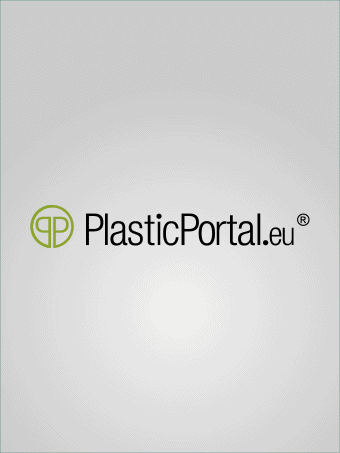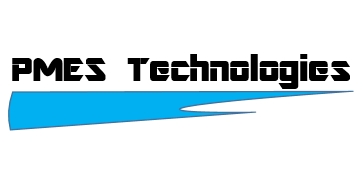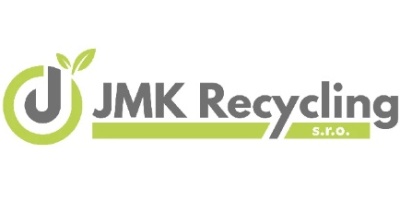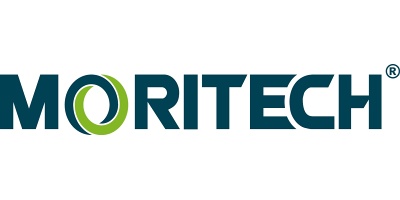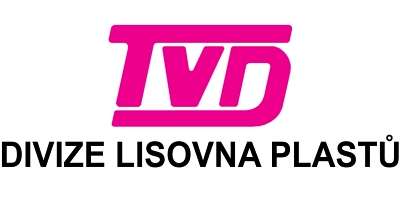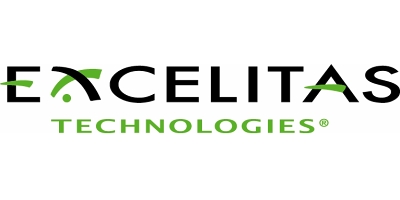K SHOW celebrates its 70th anniversary - remembrance of the first big market in 1952
Rubber manufacturers and processors have joined plastics companies. The automotive industry and the companies that supplied it were still an important part of it: Dunlop, for example, launched an international innovation in October 1952 - introducing the first "Mud and Snow" (M&S) tire to make snow chains more or less unnecessary in the winter.
Rubber was also a source of interesting anecdotes in 1952: Alain Bombard, a French physician and biologist, wanted to prove that shipwrecked exiles could survive at sea only by taking advantage of what the ocean had to offer. On May 25, he left Monaco on a rubber dinghy to cross the Atlantic - allegedly without food or fresh water on board. While the experiments the scientist claimed to have performed on himself ("raw fish every day, supplemented by drinking some salt water") met with suspicion in professional circles, one of them was unquestionable: a rubber boat carried Bombard safely across the Atlantic to the island Barbados.
In 1952, the main processes of plastics production were known, which are still often used today, and the organizers of the K fair managed for the first time to point out the polymer trends of the time in a way that attracted the public's attention. The exhibitors presented plastic tiles for the kitchen and bathroom, a waterproof cape or an indestructible plastic bottle - fans of interior design and outdoor activists found what they were looking for; Camping was a big trend at the time. However, synthetic clothing manufacturers have attracted the largest crowds to their stands.
Anyone looking for a symbol of the "economic miracle" of the 1950s will find it in women's nylon stockings. Or should they be called perlon stockings? The difference between nylon and perlon is minimal and it is not possible to determine when which one is used. Although both materials are polyamides and both are tear resistant, flexible and temperature resistant, they are fundamentally different: while the polymer chains of nylon, chemically known as polyamide 6.6, consist alternately of hexamethyldamine and adipic acid molecules, the same molecules are joined together in perlon (polycapsrolactam or polyamide 6).
Whether nylon or perlon was used to make them, hosiery advertising in the 1950s became more or less the embodiment of the aesthetics of the economic miracle. She visualized the beauty and elegance dictated by the high society of the time, embodied by women such as Marlene Dietrich, Marilyn Monroe, Brigitte Bardot and the Persian Empress Soraya.
Nylon was definitely not cheap at the time. In Germany, they cost between DEM 5.90 and 12.90 per pair in 1950, which is quite a luxury when the average hourly wage was only DEM 1.50 to DEM 2.
K - a unique fair
The selection of products and services exhibited at K has changed drastically compared to what the 65-year history tells us: while K 19 in 1952 focused mainly on consumer goods, the range is now expanding from machines for the production and processing of plastics and rubber to raw materials, semi-finished products and technical components made of plastic and rubber, as well as various services for industry. The fair with exhibitors, who were initially exclusively German, has developed into a major multicultural event with exhibitors from more than 60 different countries.
This year, the industry will meet again in Düsseldorf - the largest and most visited trade fair for the plastics and rubber industry in the world. Exhibitors from all over the world come to Düsseldorf to present their news and innovations and meet their business partners and customers. And this course clearly leads to climate protection, the circular economy and digitalisation - and these are the three main themes of the K 2022 program.
Ing. Lubomír Zeman – Renowned author in the plastics industry publishes his fourth technical book Vstřikování plastů 3
13.6.2025 The fourth technical publication Vstřikování plastů 3 by Ing. Lubomír Zeman follows his earlier successful titles: Vstřikování plastů (2009), Vstřikování plastů 1 (2018), and Vstřikování plastů 2 (2021). The author, regarded as one...





